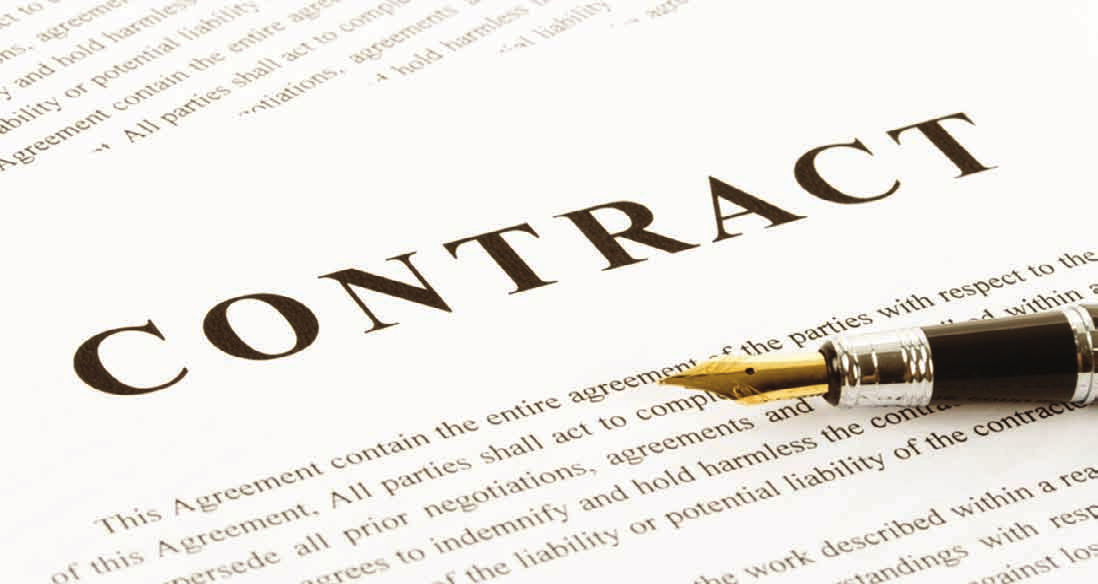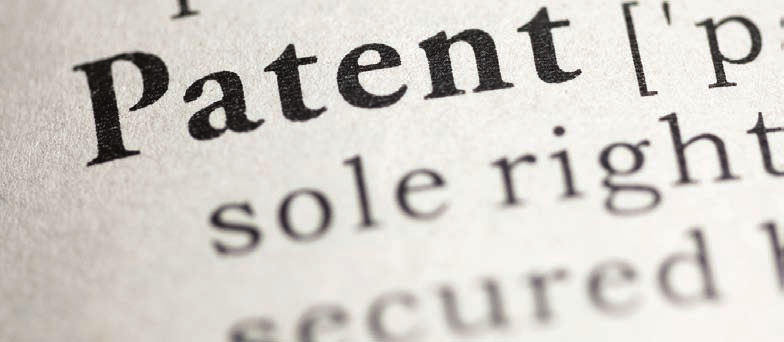
Patentability of The Medical ‘Pro’(S) – Pro-Duct V. Pro - Cess
LEGISLATIVE HISTORY
Through a series of amendments to the Patents Act, 1970 in the years 1999, 2002 and 2005, India has complied with its obligations under the ‘Agreement on Trade-Related Aspects Of Intellectual Property Rights’ of the WTO, commonly known as ‘TRIPS’. The 2002 Amendment Act to the Patents Act, 1970, which amended Section 2(j), was enacted to bring the definition of ‘invention’ under the Patents Act, 1970 in consonance with that under TRIPS. Pursuant to the Patents Amendment Act, 2002, the definition of ‘invention’, prescribes ‘industrial application’ as one of its fundamental requirements, and discards the necessity of the invention involving a ‘manner of manufacture’
Under the scheme of the Patents Act, 1970, Section 3 provides for the subject matter that is ‘not an invention’. It contains fifteen (15) such categories. Amongst them, Section 3(i) of the Patents Act declares that ‘any process for the medicinal, surgical, curative, prophylactic, diagnostic, therapeutic or other treatment of human beings or any process for a similar treatment of animals to render them free of disease or to increase their economic value or that of their products’ are not inventions within the meaning of the Patents Act. The prohibition on patentability of medical processes, enumerated under Section 3(i), has been sought to be justified under Article 27(3)(a) of the TRIPS Agreement, which provides that members may also exclude from patentability diagnostic, therapeutic and surgical methods for the treatment of humans or animals.
Section 5 of the Patents Act, 1970, as it stood before it was omitted by the 2005 Amendment Act, had stated that for substances intended for use or capable of being used as food, or as medicine or drug, no patent could be granted. For these medicines or drugs, Section 5 provided only for a ‘product by process’ claim. The 2005 Amendment, however, omitted Section 5, and paved the way for patent protection over the medicinal drug itself.
POSITION POST AMENDMENTS
The effect of these amendments has been that have left a gaping hole in the constitutionality of the Patents Act when tested against the anvils of Article 14 of the Constitution of India. On the one hand, the Act prohibits monopoly rights in medical processes for treatment, whereas, on the other hand, it expressly allows a patent on pharmaceutical products. On the one hand, the Patents Act amends the definition of invention, whereas, on the other hand, it leaves Section 3(i) untouched.
Below, I will discuss the constitutionality of the exception on patentability provided under Section 3(i) of the Patents Act, 1970 under Article 14 of the Constitution of India, in view of (a) the Legislature omitting Section 5 from the Patents Act, 1970 and (b) the Legislature amending the definition of ‘invention’ under Section 2(j).
REASONABLE CLASSIFICATION - INTELLIGIBLE DIFFERENTIA
It is a well settled principle of our Constitutional jurisprudence that Article 14 prohibits class legislation, but allows for ‘reasonable classification’ for the purpose of legislation, based on an ‘intelligible differentia’, provided such differentia has a ‘rational nexus to the object sought to be achieved by the statute’ in question.
Taking the requirements one at a time, the ‘intelligible differentia’ propounded by exponents of the exclusion under Section 3(i) have given arguments based primarily on two factors, (a) no manner of manufacture involved in the case of treatment processes, and (b) Social, ethical and moral considerations
MANNER OF MANUFACTURE
It has long been argued that a drug is patentable, since a manner of manufacture is involved with the same, whereas, the manner of delivering the drug does not involve a manner of manufacture, and it was therefore excluded from patentability. In other words, the “vendibility test” was the primary ground for justifying the exclusion enshrined in Section 3(i) of the Patents Act.
However, the amended definition of an ‘invention’ now states that a process or product could be an invention if it involved an ‘inventive step’ and was ‘capable of industrial application’. The term ‘capable of industrial application’ as defined under Section 2(1)(ac) means that the invention is capable of being made or used in an industry. As such, the requirement of ‘manner of manufacture’ has been replaced by the requirement of “industrial application”. This is a momentous departure from the law as it had stood prior to the 2002 Amendment, and has a direct bearing on the exception enshrined under Section 3(i). The ‘vendibility test’ is no longer the criterion of judging the patentability of an invention. Anything that is capable of industrial use and is of economic significance would qualify as an invention, subject to it fulfilling the standard tests of novelty, usefulness and non-obviousness. Quite obviously, a treatment method fulfils, in entirety, the aforementioned criterion. Section 3(d) is another example of the Legislature’s intention to depart from the ‘vendibility test’, where a process may qualify as an invention merely because it involves a new reactant, without producing any new product. The Patents Amendment Act, 2005 also attaches great significance to the ‘economic value’ factor, since it alone can satisfy the test of inventive step. The standard for ‘economic significance’ is also reflective of the relevance of industrial applicability, rather than just being a qualification for ‘inventive step’.
This new viewpoint of invention envisaged under the Act clearly points towards the frivolity of arguments directed towards the exclusion envisioned under Section 3(i). As the law now stands, the exclusion of treatment processes under Section 3(i) is clearly against the scheme of the Act, and without any legal or logical basis.
SOCIAL, ETHICAL AND MORAL CONSIDERATIONS
Since ethical and social considerations have been ignored by the Legislature in permitting patent protection over medicinal drugs, while providing an impetus to the needs of pharmaceutical companies, the same position ought to be adopted while dealing with treatment processes as well. In other words, if social considerations were ignored while omitting Section 5, the same rationale must be applied to treatment processes as well. In fact, it can be argued that there is a wider justification for allowing patentability of treatment processes rather than products since a grant of monopoly to medical processes is likely to effect a lesser percentage of society than a grant of monopoly to medical drugs. Citing social, ethical and moral grounds as the ostensible ‘intelligible differentia’ between product patents and process patents in the pharmaceutical area is, therefore, fallacious, illogical and overtly unacceptable.
RATIONAL NEXUS TO THE OBJECT OF THE PATENTS ACT
Any classification carved out under a law must have a rational nexus to the object sought to be achieved by the statute, with the qualification that ‘the differentia and the object are different’ so that the object by itself cannot be the basis of the classification.
OBJECT OF THE PATENTS ACT
In the landmark case of Bishwanath Prasad v. Hindustan Metal Industries, PTC (Suppl) (1) 731 SC, the Supreme Court clearly laid down as follows:
“The [object] of the Patent Law is to encourage scientific research, new technology and industrial progress. Grant of exclusive privilege to own, use or sell the method or the product patented for a limited period, stimulates new inventions of commercial utility. The price of the grant of the monopoly is the disclosure of the invention at the Patent Office which, after the expiry of the fixed period of the monopoly, passes into the public domain.”
As has already been illustrated at length previously, in view of the aforementioned object of the Act, there exists no rational nexus between this object enunciated by the Court and the classification under the Act.
CONTRAVENTION OF THE OBJECT OF THE PATENTS ACT
In fact, this object is rather defeated by the exclusion enshrined under Section 3(i). There are certain product patents, which can ‘only’ be commercialized by extending protection to process patents in the pharmaceutical sphere. The object of the Patents Act in extending patent protection to medicinal products is manifestly defeated by the non-patentability of treatment methods, since this would have a direct bearing on the patent granted to pharmaceutical products. Examples of this proposition are plenty, but for exemplary purposes, one such example is as follows:
An inventor develops a new technique of carrying out an ‘open-heart surgery’, for which he invents certain apparatus. He would be restrained from claiming the method by which the operation is to be carried out using that apparatus. But there would be no such restriction on the patentability of the apparatus itself, with which he carries out the ‘real’ invention.
CONCLUSION
Thus the classification sought to be made between a treatment process and a treatment product fails the ‘twin test’ of constitutionality under Article 14. The primary purpose of the Patents Act is to encourage the disclosure of innovations to the public. However, Section 3(i) stifles scientific research in an area which is vital to public welfare, namely public health. Since Section 3(i) fails to meet the twin tests of reasonable classification, it manifestly contravenes Article 14, and there exist strong arguments for it to be declared so. The outcome of such a challenge by an interested party would make for an exciting and interesting court challenge
Recent Posts

Condition Precedent and Condition Subsequent under the Indian Contract Act, 1872
Jan 2019

Conceptual Similarity of Trade Marks: The Indian Position
Nov 2018

Decoding the ‘Myth’ behind the 2-Part Claim Drafting Format in the context of the Koniklijke Philips’ Case
Oct 2018